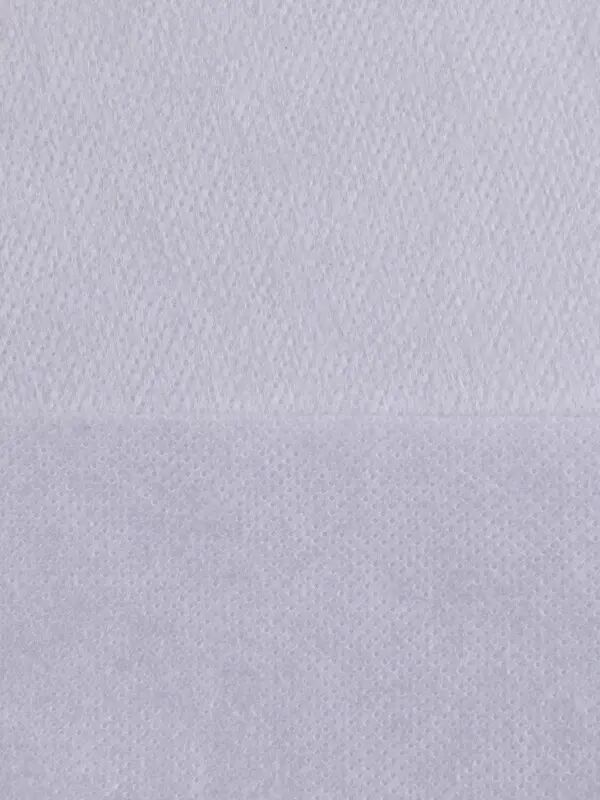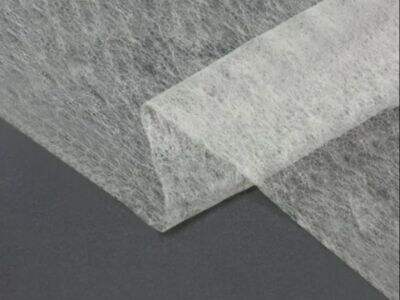Non-Fluorescent Interlining Comes to the Fore
A new trend is appearing in the fashion industry, non-fluorescent interlining. Interlining, also called lining or backing, plays an important role in the creation of clothing by providing structure and support. Traditionally, interlining has been produced with the addition of fluorescent agents, which can harm the environment and human health. However, with increased attention to the environment day after day and the development of eco fashion, more and more designers worldwide prefer non-fluorescent interlining to produce their garments
The Transition to Non-Fluorescent Interlining
In recent years, the fashion industry has made a significant move towards more environmentally friendly practices. As more and more people realize that their choices have a major impact on the environment, consumers are demanding more eco-friendly products. The situation has resulted in increasing popularity and demand for non-fluorescent Interlining, which is considered to be the eco alternative to classic fluorescent interlining. Thus, as time goes on and the fashion industry continues to focus on the environment, non-fluorescent interlining will only become more popular and be in higher demand

The Popularity of Non-Fluorescent Interlining
Why might quirky and creative non-fluorescent interlining become an increasingly popular choice among designers? The answer is simple non-fluorescent interlining is the environmentally friendly choice. Instead of continuing to produce classic interlining, more and more designers choose to reduce the amount of poisons and chemicals they add to the environment. Similar to normal Interlining, non-fluorescent interlining can also be produced using recycled materials and is also less harmful to our environment
Non-Fluorescent Interlining in Fashion Sustainability
With more and more designers looking to become more sustainable, choosing non-fluorescent Interlining is a great option. Non-fluorescent interlining means that fewer harmful toxins and chemicals are added to the environment during production. The second benefit is that non-fluorescent interlining can also be produced using recycled materials. As one can see, non-fluorescent interlining has the same benefits as regular interlining but is more beneficial for the environment

Meeting Market Demands with Non-Fluorescent Interlining
With an increasing trend of eco-friendly clothing, non-fluorescent interlining can meet the demands of consumers. With so many designers looking to make the most out of sustainable practices, non-fluorescent interlining is sure to make a big difference. If I non-fluorescent clothing is produced, then potential buyers will show a much greater interest in such items. Therefore, in your forays to find a new outfit, look for non-fluorescent clothing to support a greener fashion trend. And remember BANQ is here to offer eco-friendly options

